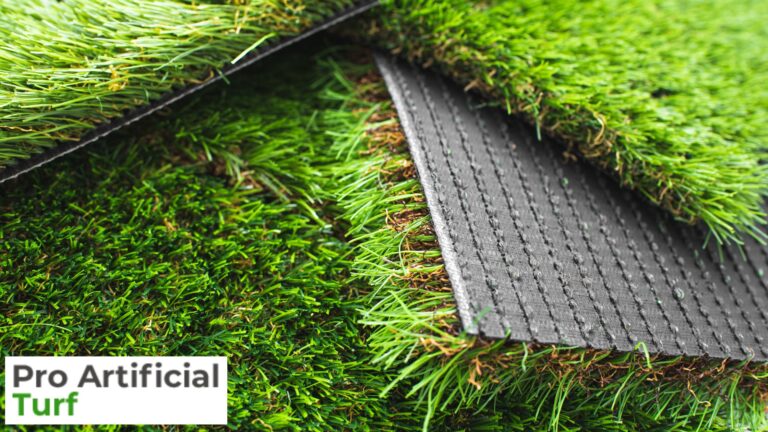The History of Artificial Turf: From AstroTurf to Today’s High-Tech Lawns
From Stadiums to Suburbs – How Artificial Grass Became a Backyard Essential
Artificial turf might feel like a modern invention, but its story stretches back more than half a century. What began as a sports surface has grown into a smart, sustainable solution for homes, schools, businesses, and parks—especially here in the Arizona desert.
At RM Artificial Grass Phoenix, we’re proud to be part of the industry’s next chapter, offering state-of-the-art turf systems that blend durability, beauty, and environmental responsibility. But before we look forward, let’s take a look back.
1960s: The Birth of “AstroTurf”
Artificial turf made its debut in the 1960s as a revolutionary indoor sports surface. The first major installation? The Houston Astrodome in 1966, which gave turf its iconic name: AstroTurf.
This early version was made of short, abrasive nylon fibers—tough, but not exactly soft underfoot. Still, it offered year-round playability and reduced the need for costly lawn care and irrigation.
1970s–1980s: Widening the Playing Field
As technology evolved, artificial turf spread to other stadiums across the U.S. It was popular in baseball, football, and soccer arenas—but wasn’t without criticism. Athletes raised concerns about heat retention, traction, and injuries on the early turf designs.
At the same time, turf began creeping into non-sports spaces—used in schools, indoor arenas, and even homes looking for an ultra-low-maintenance lawn alternative.
1990s–2000s: The Rise of Residential Turf
In the late 1990s, artificial grass made a major leap forward. Manufacturers introduced polyethylene fibers that looked and felt much more like real grass—softer, more natural, and far more attractive.
As landscaping trends shifted toward water conservation and simplicity, homeowners started embracing turf not just for looks, but for practicality. Cities like Phoenix, dealing with extreme drought and scorching summers, saw a major uptick in turf installations.
2010s: Smart Turf and Specialized Systems
With the rise of smart home solutions came smart turf—engineered for specific uses like:
- Pet turf with antimicrobial backing and odor control
- Playground turf with padded underlayment for safety
- Custom putting greens for backyard golf lovers
- Cooling infills like T-Cool to reduce surface temperatures
Turf became customizable, eco-conscious, and suitable for everything from luxury homes to dog parks.
Today: Turf That’s Realistic, Sustainable, and Built for Arizona
Modern artificial grass is nearly indistinguishable from real sod—but without the hassle. It:
- Stays green year-round
- Saves thousands of gallons of water annually
- Withstands UV rays, heavy use, and extreme heat
- Comes in dozens of styles, colors, and blade types
At RM Artificial Grass Phoenix, we install turf that’s made for the desert, with advanced drainage, heat resistance, and long-lasting performance built right in.
The Future of Turf? Even Smarter, Cooler, and Greener
Turf tech continues to improve, with innovations in:
- Recyclable and biodegradable turf materials
- Integrated sensors for sports and safety tracking
- Even cooler surfaces through heat-reducing coatings and infills
As Arizona cities continue to push for water conservation and sustainable design, artificial grass will play a bigger role in how we landscape and live outdoors.
🌱 Want to Be Part of Turf’s Next Chapter?
📞 Call RM Artificial Grass Phoenix today to learn about modern turf options for your home, school, or commercial project. We’re here to help you create green spaces that are built to last—no hose or mower required.
Thinking about an artificial lawn? In our next blog, we dive into the environmental considerations of artificial lawns and what they mean for homeowners in Arizona.

